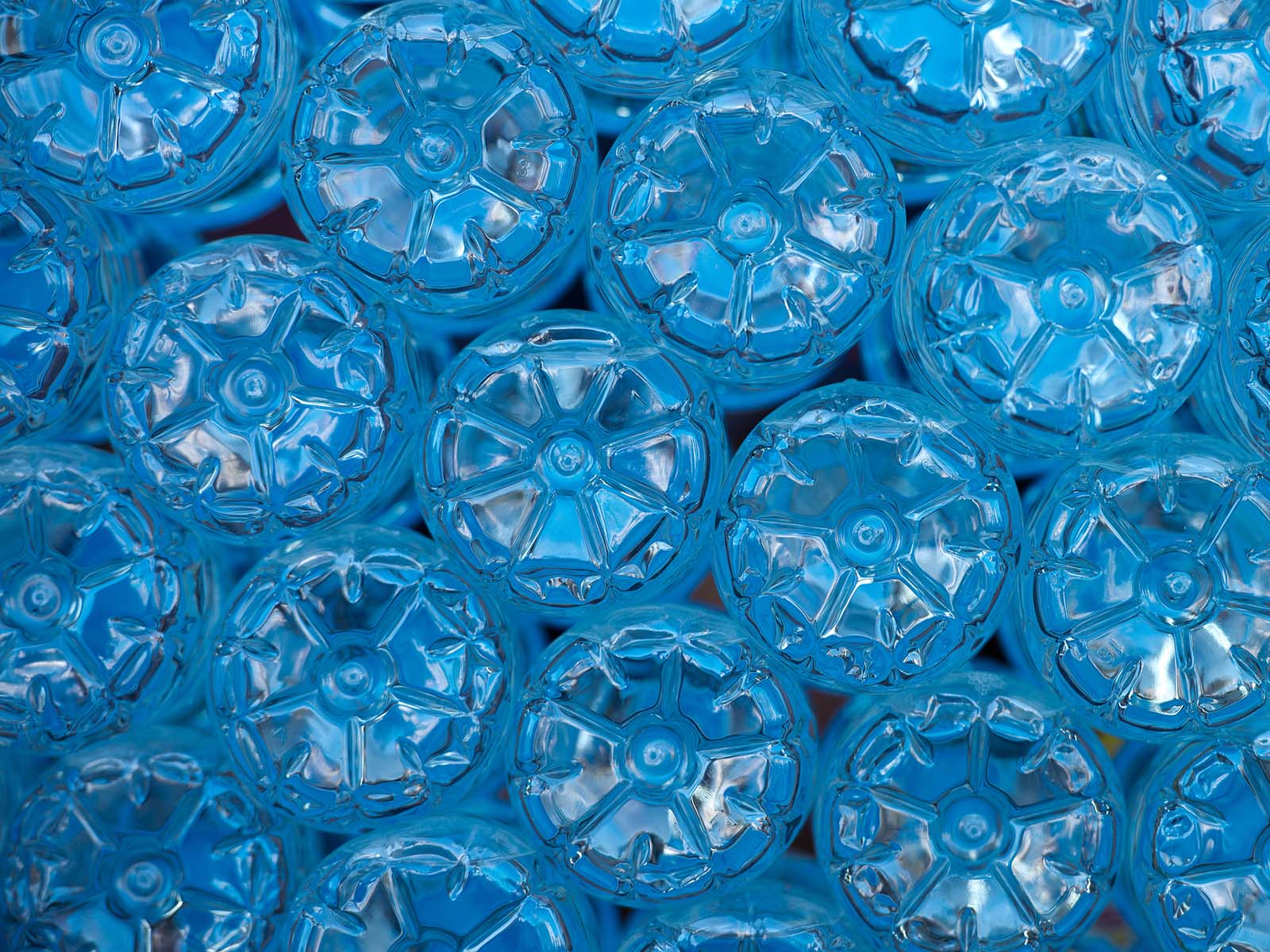Dust collection for plastics applications.
Manufacturing and processing plastics can create hazardous dust and fumes. Grinding, sanding, screening, feeding, blending, pelletizing, conveying, deburring, and finishing are all processes which can create small plastic particulate and fumes. This dust (sometimes called “fines”) must be controlled, collected and extracted from the workplace. Fibrous plastic dust can be combustible, meaning explosion protection and fire suppression systems must also be in place to protect workers and machinery.
Dust and Fume Collection for Plastics Processing
Plastics generally fall into one of two classifications: thermoplastic resins produced by addition polymerization processes, and thermosetting resins made by condensation polymerization processes. Thermoplastic resins can be remolded using heat processes, while thermosetting resins cannot.
Plastics and fiber reinforced plastics (FRP) pose challenges to dust collection. The fibers of some plastic polymers can get stuck between the pleats of normal cartridge dust collectors, making it difficult to clean using pulse jet cleaning. Baghouse dust collectors can offer a solution when collecting dust that is a difficult or challenging size.
Processes such as extrusion, blow molding, injection molding and 3D printing (additive manufacturing) are each plastic manufacturing processes that require specific dust collection and ventilation solutions. Certain plastic particulate is respirable, and must be collected via a comprehensive dust collection system to preserve worker’s health and prevent damage to production equipment.

